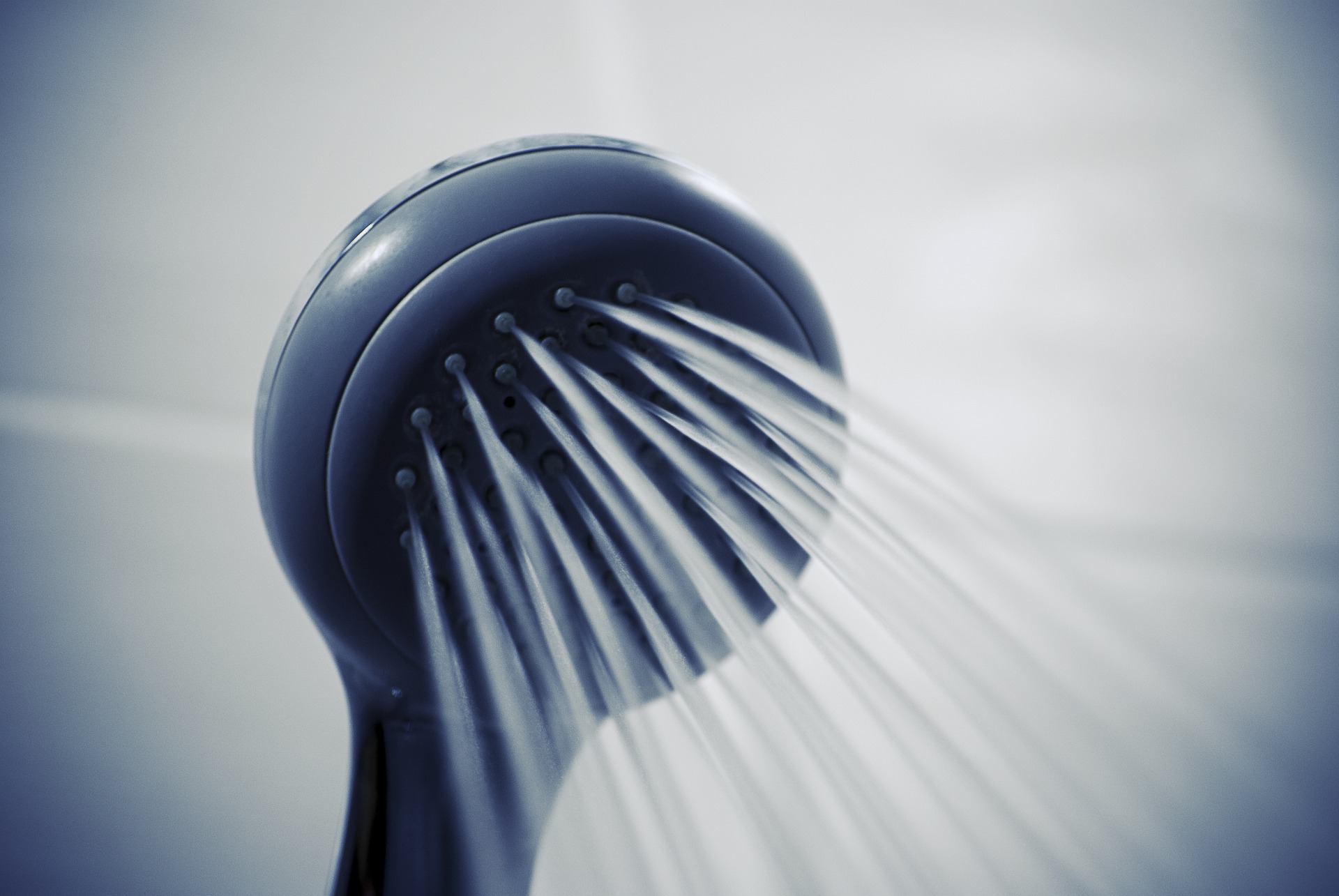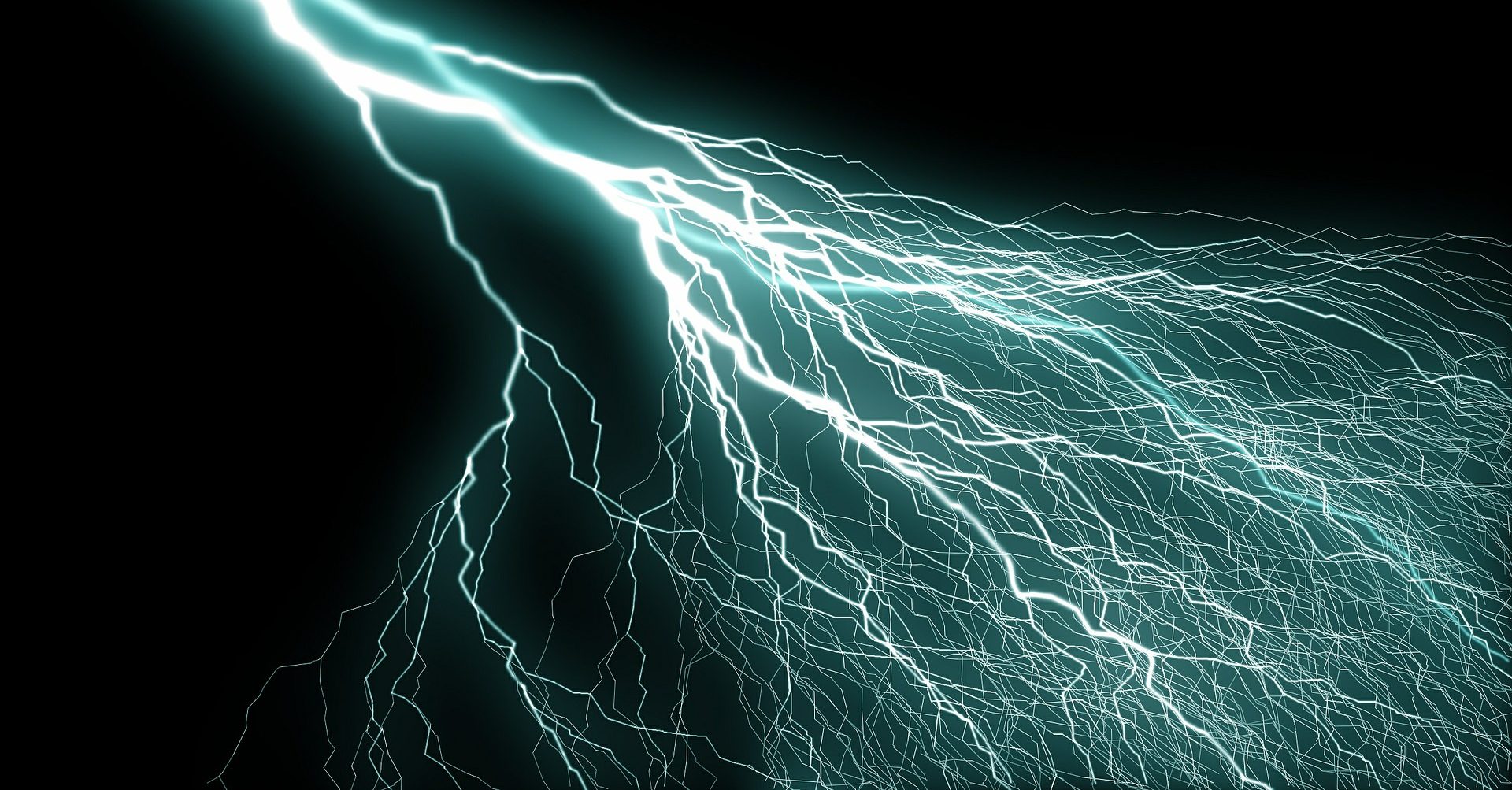WEnRV travel news, products, and industry trends
Mark My Words: Water Pressure Woes and Irate Inverters
Hi Folks! This month, we’ll talk about RV water pressure, mildew, screeching inverters, nitrogen and toilet tanks. Remember, you can submit your RVing questions to This email address is being protected from spambots. You need JavaScript enabled to view it.. Happy Trails!
Hi Mark,
Our Carriage Cameo fifth-wheel is stored outside in an RV storage area for the winter. We go out to check on it about every 7 to 10 days. We store it with all three ceiling vents open and cabinet doors open. Yesterday when we entered it, we noticed a distinct musty smell for the first time, much like many house basements have. We did find what appeared to be dark bacteria or mildew cultures in the RV antifreeze left in the stool during winterizing. I cleaned that all out and rinsed the stool with Clorox. Are there other measures we could or should take?
Thanks,
John
Hi John,
Mildew and mold need two things to thrive: moisture and a source of organic nutrition. Mold and mildew love to grow on dusty surfaces, so a good cleaning of all exposed surfaces to remove dust and lint will help a lot. Airborne moisture can usually be controlled in drier climates by providing ventilation, but in humid areas, only a dehumidifier of some sort will work. You need to keep the interior humidity below 60 percent at all times. Installing an indoor thermometer/hygrometer with a memory function can be a big help, as it will allow you to monitor the actual peak humidity over time. You should also check the rig very carefully for water leaks. A tiny leak on a roof or sidewall will allow water into the wood framing and insulation in the RV and create a perfect climate for mold. Keep it clean and dry, and you won’t have any mold problems.

Photo: Tookapic/Pixabay
Mark,
I have had several motorhomes, and water pressure is always a problem! When taking a shower, the pump always cycles on and off. I have updated to a variable-speed pump with a higher volume (4.0 GPM) with no success. The next thing I am going to try is to add an accumulator on the discharge of the pump. Any good ideas?
Mike
Hi Mike,
The pump is cycling because the water flow is too low to keep up with the pump’s output. A larger pump or an accumulator tank won’t address the actual problem, which is a restriction of flow through your shower plumbing. Check the showerhead and hose for any foreign material that may be partially plugging them. Try removing the showerhead from the hose, then run the shower on the pump and see if it flows properly. If the pump still cycles, it may be a problem in the valves or the piping leading to the shower. Sometimes a pipe will get crimped or bent during manufacturing, causing a restriction. If removing the showerhead fixes the flow issues, it may need cleaning or replacement.
On standard plastic RV shower heads, you can use a small drill bit to enlarge the spray holes. This will allow the head to flow more water. Once everything is properly set up, the shower should flow enough water to keep the pump from cycling on and off.
Mark,
I bought a used motorhome and discovered that the 300-watt dc to ac inverter would start to screech after less than a minute after I turn on the TV and immediately if any other light in the motorhome is on. To remedy this, I did two things.

Photo: Mikegi/Pixabay
Since the batteries were about 8 years old, I replaced them (two 6-volt deep cycle golf cart batteries), then I replaced the old 19-inch analog TV with a 19-inch digital LCD. Lo and behold, after spending about $500 on what I thought was wrong, the inverter still screeched after 2 or 3 minutes of TV. Thinking there must be something wrong with the 300-watt inverter, I bought one rated at 200 watts constant and 400 watts surge. I plugged it in and found that it will run the TV by itself without screeching, but as I started to turn the lights on inside the camper, I only had to turn four on before it, too, started screeching.
What’s going on? I assume the screeching starts when the voltage falls below 10 volts, as the instructions say, but the TV works fine, and all the lights are nice and bright even though the inverter is screeching at me. Naturally, I don’t want an inverter that’s going to screech every time we use a little power; but still, I’d like to have an inverter that gives me warnings or shuts off with any surge. Would a more powerful inverter (600 or 1000 watts) be any different? Any answers you can give me would be deeply appreciated.
Thanks,
Bob
Hi Bob,
You are right to suspect that it is a low-voltage condition that is causing the inverter to go into an alarm state. Most 12-volt RV wiring uses fairly small gauge wire, especially for lighting circuits. You didn’t say where you were plugging the inverter in, but if you are using one of the installed 12-volt outlets in the rig, they are often tied into one of the lighting circuits. When you add the large load of the inverter to one of those circuits, the wiring is not adequate to supply the needed current, causing a large voltage drop.
The inverter senses a low-voltage condition and sounds the alarm. Add a couple of lights to the load, and things just get worse! The best way to address this is to run a separate 12-volt circuit dedicated to the inverter directly from the RV’s 12-volt fuse panel or directly from the house batteries themselves. Use a good size wire and be sure to include an inline fuse if you run the circuit directly from the battery. That 400W inverter can theoretically draw a maximum of about 40A briefly in surge mode and will probably draw 20A or less when running since it’s rated for a maximum 200W continuous load.
With this in mind, I’d suggest that you use at least 10-gauge stranded wire for your circuit. An eight-gauge wire would be better if the length exceeds 15 feet. The larger the wire, the less voltage loss! I would use a 20A fuse or circuit breaker to protect the wire because it is unlikely that you’ll actually draw the maximum current with your setup, but if you have problems with that fuse blowing due to high surge current on startup, you could safely go to a 25A or 30A fuse. You can install a 12-volt cigarette lighter receptacle to plug the inverter into, but if you intend to always use the inverter in the RV, you would be better off wiring it directly without the plug. If any of this sounds like it’s beyond your capabilities, please have a qualified RV tech or electrician do the wiring.
Hi Mark,
Can you tell me where I can find tire pressures for nitrogen-filled tires?

Getty Images
All air pressure is given at cold pressure, which expands to a hot running pressure and, since nitrogen does not expand, I need to know what running pressure should be.
Cheers,
Glen
Hi Glen,
There is only a small difference in the thermal coefficient of expansion between air and nitrogen. Air is, after all, 78% Nitrogen. If you inflate your tires with nitrogen to the proper inflation pressure specified for air, they will be fine. The primary advantage advocates claim for pure nitrogen is that it is a larger molecule, and that slows down the normal loss of pressure through the permeable rubber of the tire.
The most important thing you can do for your tires is to keep them at the proper inflation pressure at all times for the best fuel economy and tread life. Nitrogen is supposed to make this easier by not leaking down as fast, but there is no scientific evidence that a tire properly inflated with nitrogen lasts any longer or provides any better gas mileage than one that is properly inflated with air.
Mark,
We have a particular problem that requires the use of two-ply toilet paper and have found that we need to do extra hose flushes from the toilet bowl to completely empty the collected debris in our black water tank (we also frequently empty scraped food and dishwater into the black water tank to save space in the gray water tank, which fills up more quickly). Have you any suggestions as to a product we can flush the black tank with to disintegrate the solid waste materials? Any other suggestions? We are new at RVing and have a 36-foot motorcoach.
Thank you,
Old Roadie!
Hi Old Roadie,
It sounds to me like you are creating the problem by using your toilet as a kind of dispose-all. A black water tank works best if it is a miniature septic tank, where aerobic and anaerobic bacteria can work to break down solids. Most biological tank treatments are designed to promote bacterial activity and when your tank is working well, it will be very effective at liquefying wastes. However, there is a limit to how much solid material the system can handle. When you add food scraps, you are adding solids to the tank that are very hard to digest. You are far better off disposing of food scraps, paper products and grease in the garbage and keep them out of your tank. You should never put that kind of stuff into your gray water tank, either. I would also avoid putting significant amounts of soapy water into the black tank as well, as soap is inherently anti-bacterial and will reduce or eliminate the beneficial bacteria in your tank. For more info on black water tank dos and don’ts, check out my Water, Water, Everywhere article at www.marxrv.com/tech.htm.
The post Mark My Words: Water Pressure Woes and Irate Inverters appeared first on Good Sam Camping Blog.
Copyright
© Good Sam Camping Blog


